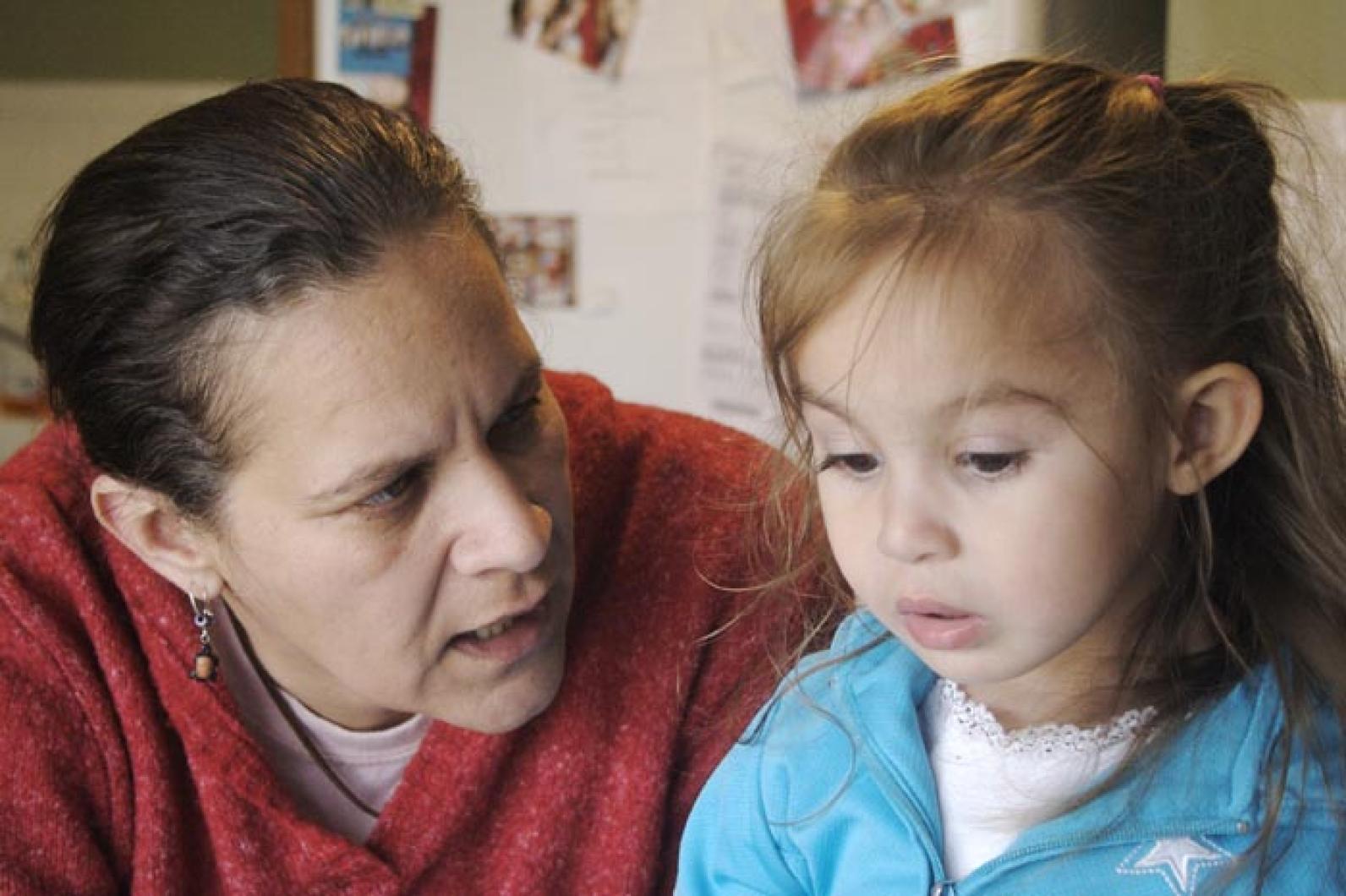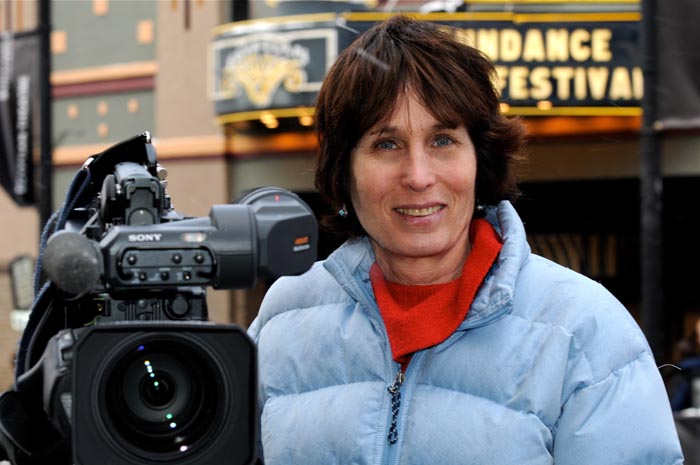For more than a century on Martha’s Vineyard and Cape Cod, the words of the Wampanoag were not their own.
“It was prophesied that language would go away from here for a time,” Jessie Little Doe Baird intones at the opening of filmmaker Anne Makepeace’s documentary We Still Live Here. “When the appointed time came, if the people here decided that they wanted to welcome language home then there would be a way made for that to happen.”
The remarkable story of how that language came home is the subject of Ms. Makepeace’s film.
Led to the story of the language’s revival through her work on the PBS series We Shall Remain, Ms. Makepeace was welcomed into the native community for three years in an unprecedented invitation to document their effort.
“It was a real honor for Jessie and [Aquinnah Cultural Center board member] Linda Coombs and the others to trust me with telling this story,” she said on Tuesday. “It’s the first time that they’ve allowed the language to be used in any film. They’re very protective, they see the language as a living thing. It’s like their child that they brought back, and they want to nurture it and learn it and take care of it and then maybe once there’s a critical mass of speakers they’d be willing to share it. So being entrusted with this was amazing and also a huge responsibility to get it right.”
Fired by the visions of a circle of elders speaking unintelligibly to her, and frustrated by the mocking presence on area signposts of native words such as “Sippewissett” Ms. Baird embarked on an unlikely journey — one that would bring her from the cliffs of Aquinnah to the halls of the Massachusetts Institute of Technology, and one that, after decades of grueling work, would eventually bring her ancestral tongue back from the swelling mausoleum of dead languages to her native community on the Cape and Islands.
Driven to extinction by the same forces that nearly drove the Wampanoag people themselves to extinction — namely the scourge of yellow fever and colonial violence, married with the humiliation and self-hatred induced by land-hungry missionaries championing Christianity and modernity — the Wampanoag language was all but extirpated by the 20th century.
As illustrated in the film, that loss was cruelly compounded by the ubiquitous vestiges of the tongue plastered throughout Cape Cod strip malls and developments, where words like Cataumet or Pocasset announce the presence of gas stations or golf courses. In We Still Live Here, Mashpee Wampanoag Barbara Harris recounts her shock at the transformation of the Cape after being abroad during the period of its most intense development. Where did all the deer go, she wonders. A visit to a favorite fishing spot is blocked by private property signs. But where other Native American documentaries end with this despair, the story of the Wampanoag language is one of hope.
“It’s a positive hopeful story of native people doing something astonishing to bring back and reclaim their culture,” said Ms. Makepeace. “So many things you see on television about native people end in disaster, and many things in history did end in disaster, but this film tells the story of revival and resurrection.”
Ms. Baird’s daughter, Mae Alice, who is featured in the movie, will be the first native speaker of the language in seven generations, and just this fall, after filming on the project ended, Ms. Baird was awarded a half-million dollar MacArthur “genius grant” for her work. Her Wôpanâak Language Reclamation Project was awarded a separate $530,000 grant from the federal Administration for Native Americans for a master-apprentice teaching program. A full-immersion Wampanoag language kindergarten for native children is in the works, and the community’s enthusiasm for learning the language has been tireless.
“I was completely blown away and amazed by the story of bringing back this language,” said Ms. Makepeace.
One of the many ironies in the story of the language’s resurrection is that its salvation lay in thousands of records documenting the tribe’s own destruction: confiscatory deeds, recorded religious confessions from coerced conversions, and above all a 17th century bible translated into Wampanoag by puritan John Eliot. Another is that it took the guidance of a man Ms. Baird at first deeply resented for his perceived white presumption, MIT linguistics professor Ken Hale, to help shepherd the language’s return. Ms. Baird eventually grew very close to the man, and footage of her speaking at Mr. Hale’s memorial service in 2001 is one of the film’s most affecting moments. The usefulness of painful colonial records and of knowledgeable white men in reclaiming the language Ms. Baird accepts peacefully as the closing of a circle and the fulfillment of prophesy.
Although the Wampanoag work needs no validation from the world of academia it is nonetheless impressive to see a linguistics luminary on the order of Noam Chomsky in the film laud Ms. Baird’s work, which he describes as “groundbreaking.”
“There’s nothing I know of that’s anything like the Wampanoag case,” he says. Of its return to the spoken world, Mr. Chomsky admits, “I didn’t think it was possible. It was gone.”
Losing a language is more than losing words. While researching the film, Ms. Makepeace was continually amazed by the unusual insights built into the language, such as the pre-Copernican description of a heliocentric universe, or the Wampanoag terminology for losing one’s land, which roughly translates to “falling down.”
“So much is embedded in the language,” said Ms. Makepeace. “As Noam Chomsky says in the film, it’s a whole tradition and culture. One of the great things about bringing back the language is they’re rediscovering how their ancestors thought about the world.”








Comments
Comment policy »